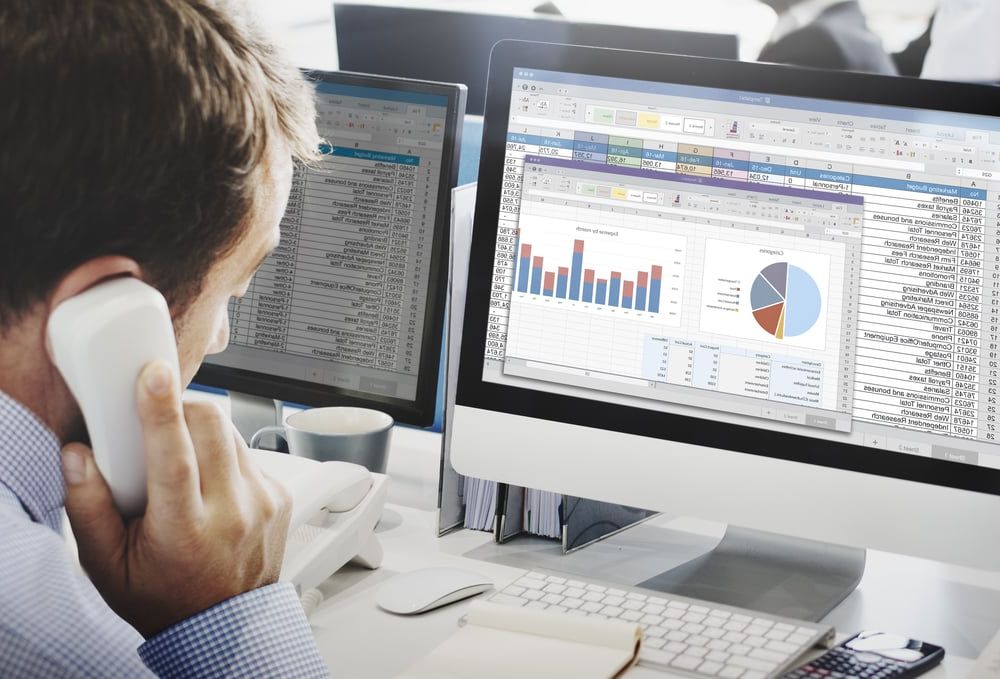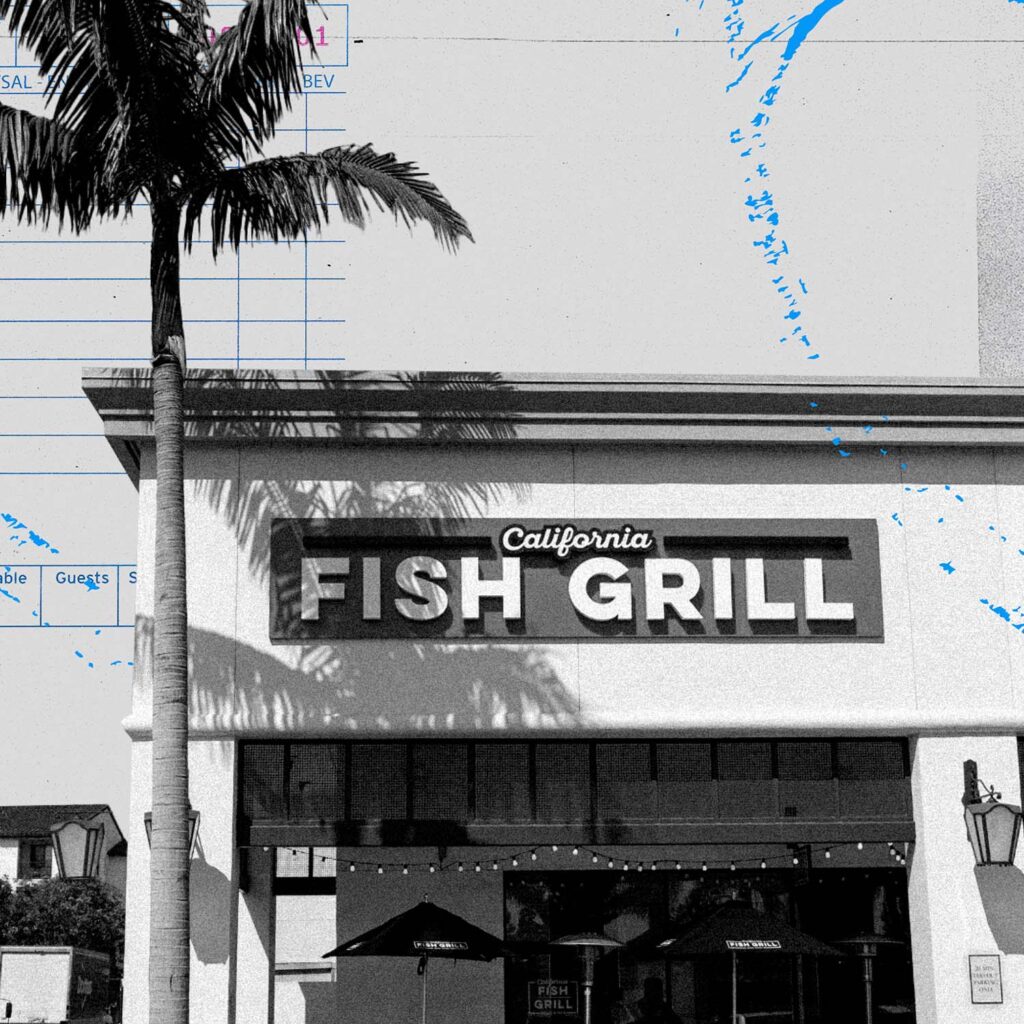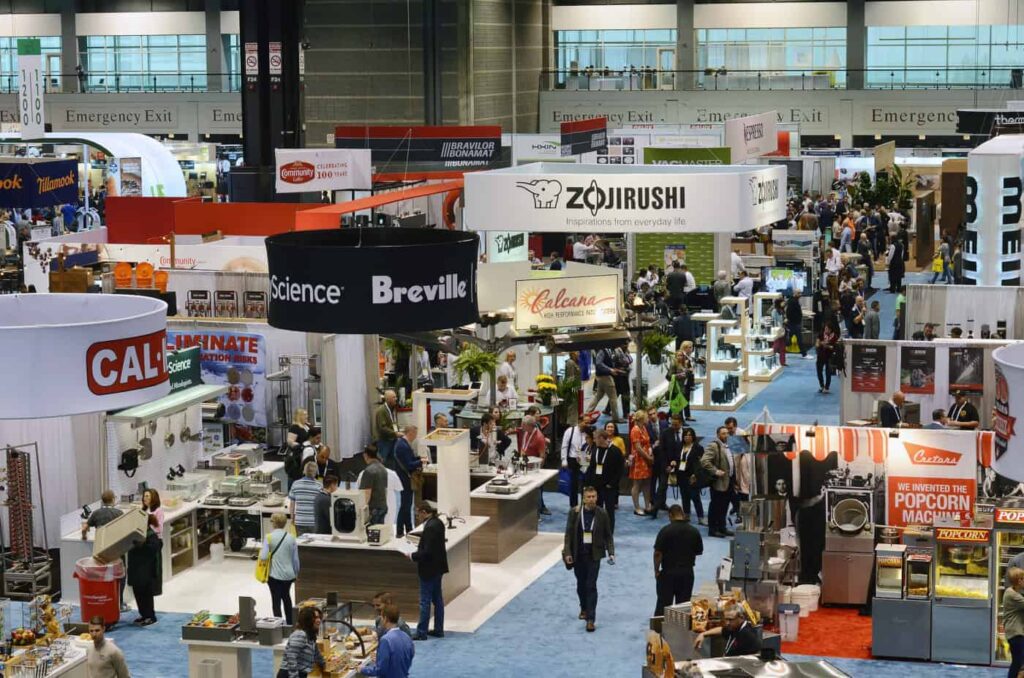Restaurant budgeting and forecasting are so important for your restaurant group’s profitability. While they are closely connected, the two functions are different. A budget is a static outline of how you think your business will perform for the upcoming year. A forecast is more of a fluid operational tool that helps you adjust accordingly based on business conditions. Try not to underestimate the importance that both of these processes play in the success of your business.
Budgeting Smarter
Every restaurant group’s success is based on building a solid budget, and consistently operating at or below that set budget. There are several common terms for the different levels of flexible or fixed budgets. Below are a few examples:
- Sliding Ceiling: The budget can float down based on the ratio of actual to budgeted sales. The budget cannot float above the budgeted number.
- Sliding Floor: The budget can float up based on the ratio of actual to budgeted sales. The budget cannot float below the budgeted number.
- Sliding Open: The budget can float both up and down based on the ratio of actual to budgeted sales.
- Straight: The budget does not float. It is locked to the budgeted number.
While all the budget styles work, there are some that can be more beneficial to your restaurant business. The sliding ceiling and straight budgets provide consistent control of your costs, but the lack of flexibility does not allow you to adjust your spending when sales are unusually high or low. The sliding floor and sliding open models are more flexible in alignment with the fluidity of your sales. This is especially true of the sliding open format, as it allows given categories go up if your sales are up and it goes down if your sales are down, making this format a smart option for an industry in which sales can highly fluctuate.
Why is this flexibility so important? A good manager sticks to his/her budget and does not go over, but there is no incentive for that manager to do any more than perform at that expected level. A sliding open style, however, can actively encourage your managers to see the bigger picture. Imagine, for example, that your projected sales for June are $200,000 and your budget for small wares is $300. If a higher than expected number of banquets are booked and the new movie theater opening down the road starts pushing sales to $40,000 over what was expected, then your original budget no longer applies. The sliding open budget, however, increases the small wares budget in line with that increase, making this month perfect to stockpile for leaner months. That way, when January rolls around and the big ice storm hits or a new competitor opens across the street, you can tap into that stockpile and stay on target for the month.
Many restaurants also tie a small manager incentive to sticking with the budget to get even better performance. Without a personal benefit, many managers may not be driven to stay under budget. Offering managers $100 to $200 to come in under budget will encourage them to pay attention to every penny spent in your restaurant and focus on your profitability.
Forecasting for Success
So much of your profitability depends on creating an accurate forecast. You want a short-term forecast to know how many staff to put on the schedule, how much food to order, what specials to run, etc. You will also need a long-term forecast so that you can better control your cash flow.
Here’s how you use strategy to get a reasonable approximation of future sales:
Don’t Rely on Your Intuition
Also known as the “gut method,” this kind of decision making will usually cost money rather than generate it. Avoid it. You need hard facts, not generalizations.
Start Yearly
Look at how you are doing this year vs. last year. Are this May’s sales up 4% over last May’s? Then use last June, July, and August as a baseline for this summer, and add 4% for a good starting point. While the pandemic may have skewed your sales numbers, it’s good to start with a benchmark. If last year’s numbers do not reflect “normal” business, then consider comparing to the previous year.
Factor in Specifics
Think about what happened last June, July, and August. Was there a major sporting event in your city? Music festival? Art show? Unusual weather? All of these can affect sales. Factor that into your estimate. Now, look forward. What’s coming up this summer that will impact sales? Check the weather. Look for local events that may add or reduce potential customers in your proximity. Add that in as well.
If you would like to easily track data and gain insight for budgeting and forecasting, consider a comprehensive, restaurant-specific management solution. Restaurant365 is an all-in-one restaurant management system incorporating reporting tools, restaurant accounting software, restaurant operations software, inventory management software, payroll + HR software, and scheduling software into a cloud-based platform that’s fully integrated with your POS system, as well as to your food and beverage vendors, and bank.



